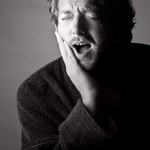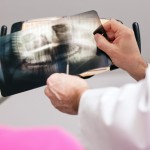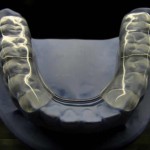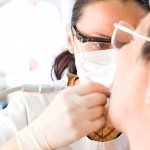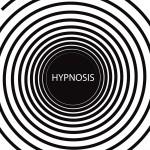
Treatment for temporomandibular joint (TMJ) ankylosis include gap arthroplasty (GA) and resection of the ankylosis and reconstruction of the ramus–condyle unit with a costochondral graft or prosthetic joint. The aim of this review was to assess whether GA or and resection of the ankylosis and reconstruction of the ramus–condyle unit with a costochondral graft produced [read the full story…]
